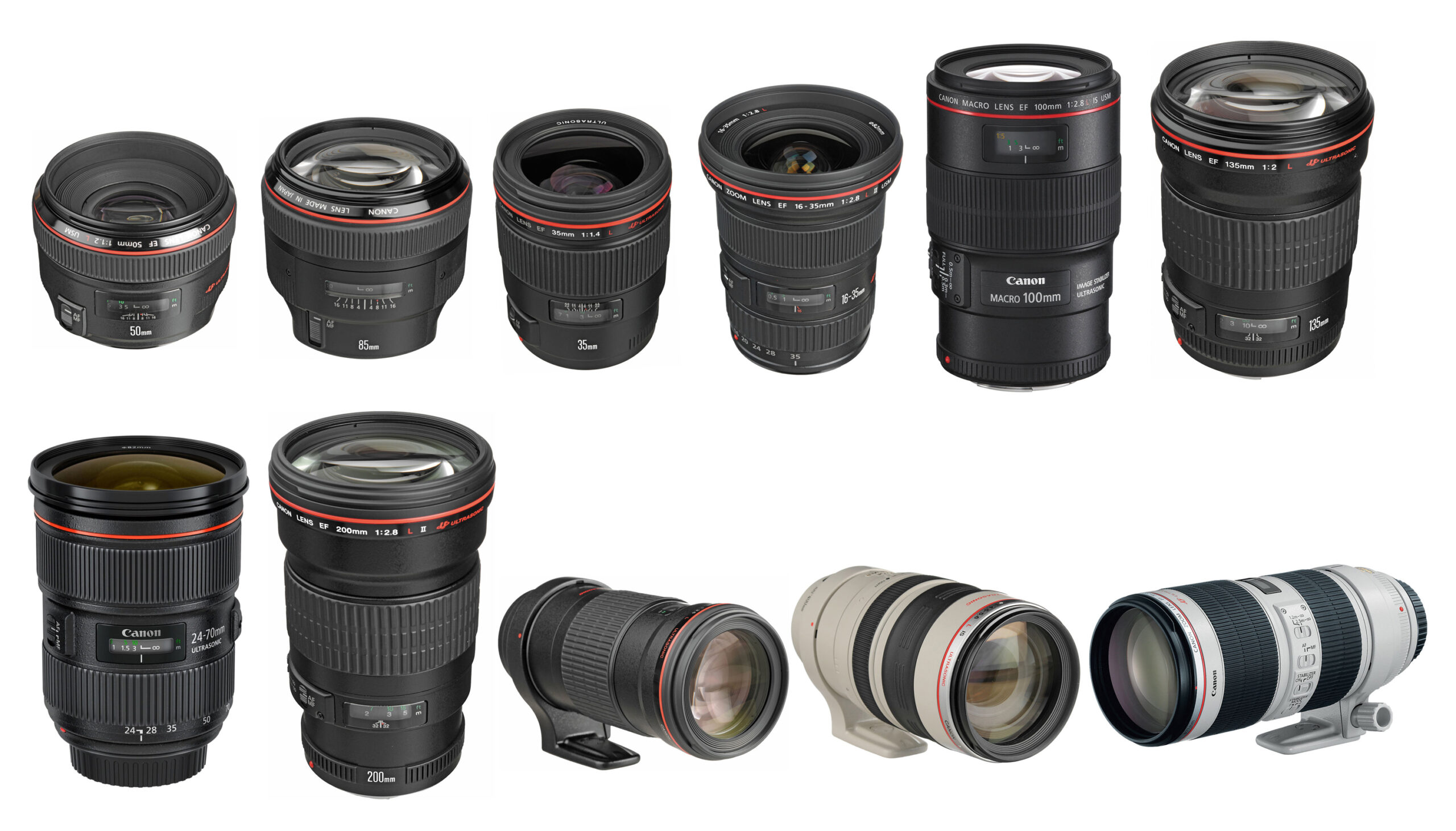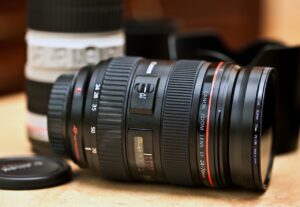
The single-lens reflex (SLR) camera is one of the simplest cameras to use and provides the most flexibility, whether the user is an expert photographer or just starting out. The term single-lens reflex refers to a type of camera that has a built-in mirror system that enables the user to view exactly what will be recorded on film or by a digital system.
This is crucial because the majority of other camera systems (without digital backs) do not allow you to see the precise content that will be recorded. As a result, if you don’t compensate properly, these other systems may reveal a different image than the one you tried to capture.
Use and Benefits of an SLRCamera Lens
In the SLR camera system, a mirror is positioned at a 45-degree angle behind the camera lens, blocking light from reaching the film or digital input. For the photographer to see the image, the mirror reflects it off the camera lens and out the viewfinder. When the shutter is opened, that mirror flips up for the specified amount of time and then flips back down. The film behind the mirror is briefly revealed as it is being flipped up.
Another distinctive quality of SLR cameras is their completely replaceable lenses. You can change lenses even with a roll of film in the camera’s rear since the internal mirror shields the film from light. In order to measure light for a decent exposure, most SLR cameras also come equipped with built-in light meters, which eliminates the need for additional portable light meters.
Although medium format cameras use a different media than 35mm cameras do have access to the SLR camera system. Due to the greater film capacity, medium format SLRs are typically significantly more expensive and bulkier than their 35mm counterparts.
Drawbacks of SLR cameras
The main drawback of an SLR camera lens is that the photographer’s view is obscured as the mirror opens up to expose the film. The photographer is never able to witness the exact instant the photo is taken, even if this only happens for a little moment.
This may be relevant for, among other techniques, portrait or motion photography. When an image is being shot, a subject or model may move slightly or blink, resulting in a hazy image that won’t be visible to you until the film is developed.
This makes it slightly more challenging to follow a moving subject when employing the panning-panning technique for motion photography.
What Sets SLR and DSLR Cameras Apart
What distinguishes SLR cameras from DSLR cameras, then? Let’s evaluate them according to their image technology, sensors, camera bodies, output, cost, value, and standout features.
-
Technology
Single-lens reflex (SLR) technology is used by both SLR and DSLR cameras. This technique makes use of an internal reflex mirror that enables the user to see what the lens views and will be captured through the camera’s optical viewfinder.
DSLRs do have a tiny advantage, though. Similar to today’s mirrorless cameras without optical viewfinders, certain DSLR models allow live digital viewing through the back LCD screen.
-
Picture Sensor
The sensor is the primary distinction between SLRs and DSLRs. In essence, SLR cameras are adaptable analog/film cameras. Following the creation of SLRs with digital sensors, a “D” was put before it, which simply stands for digital.
Naturally, digital SLR camera lenses utilize memory cards as well to store thousands of pictures. SLRs, on the other hand, only take so many pictures on a single roll of film.
However, as the SLR is merely one of many different types of film cameras, the comparison between SLR and DSLR cameras is not the same as the long-standing argument between film and digital cameras.
-
Characteristics of the body
It’s increasingly difficult to categorize the cameras based on how their camera bodies look now that both digital SLR cameras with vintage-inspired bodies and SLR cameras with sleeker, more modern camera bodies have emerged.
SLR cameras often do not have back monitors, have more buttons, and come in two-tone colors. DSLRs, on the other hand, often have a monitor and a single color. SLRs often weigh more since they have more metal in them.
-
Ability to play video
The ability to record videos on the majority of DSLRs is another benefit of the evolution of digital cameras. SLR cameras, which are useful for film photography, cannot, however.
Conclusion
Select your choice of SLR Camera Lens & take your preferences & shooting style into account. It all comes down to your personal preferences and shooting style, whichever sort of camera you select. Determine which single-lens reflex camera type performs best by weighing the elements that are most important to you, such as output and budget.


